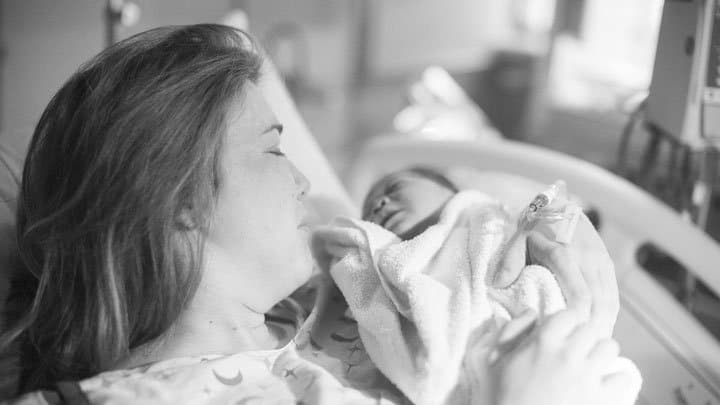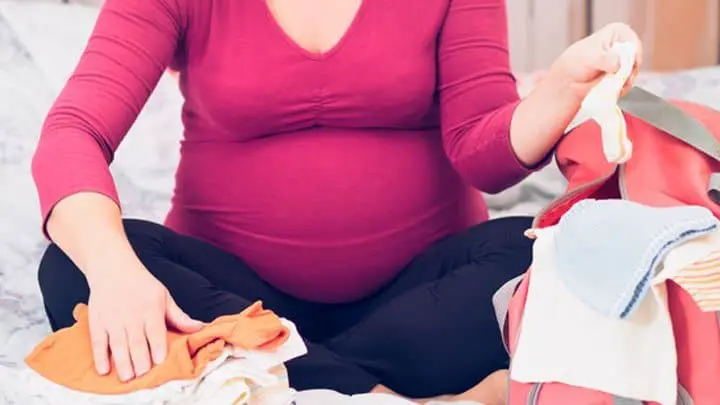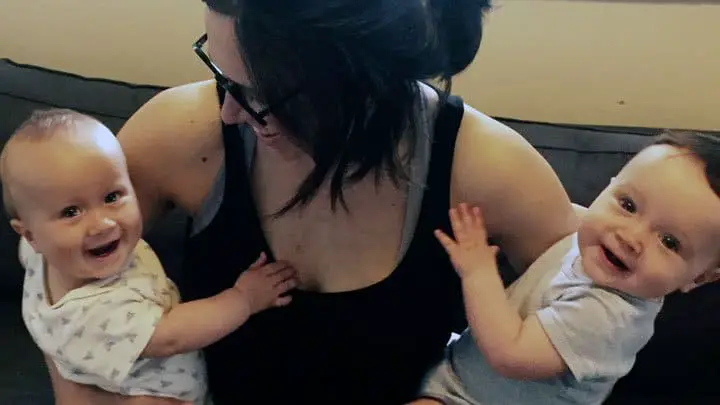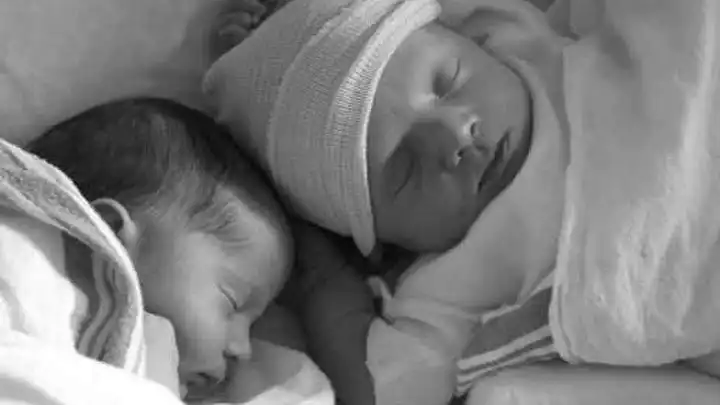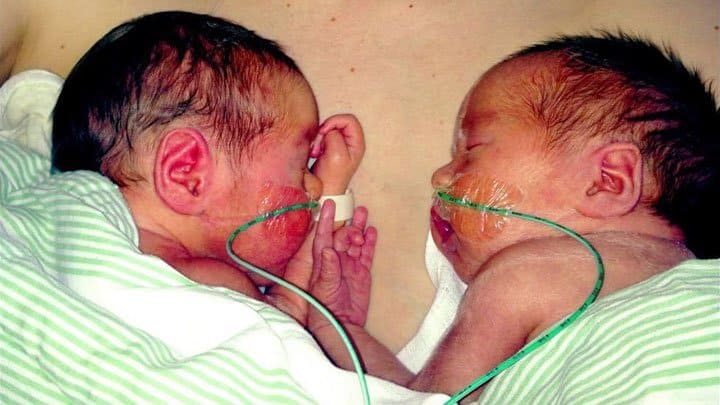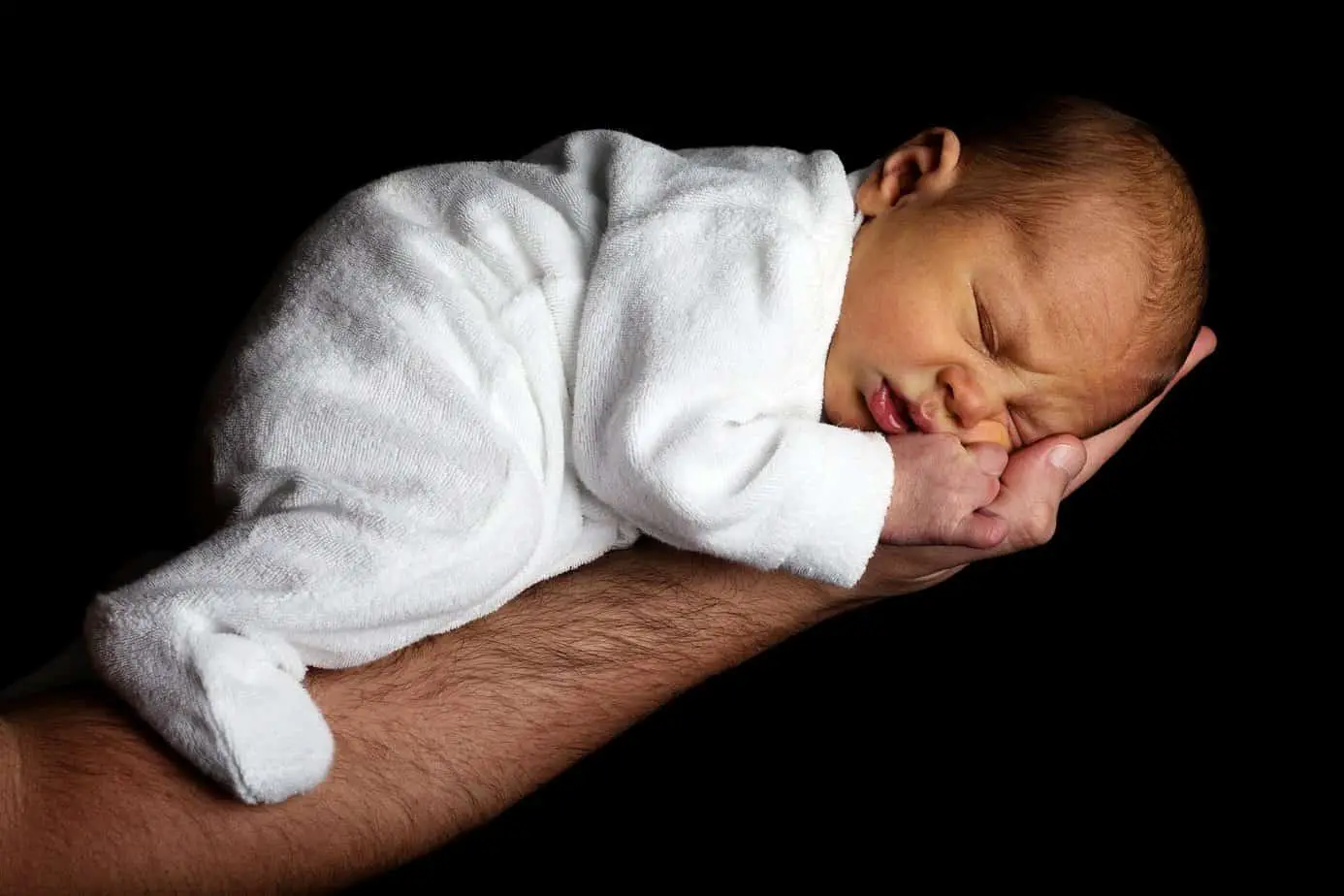Twin Birth: How to Give Birth to Twins
If you’re pregnant with twins, you’ve probably thought quite a lot about how a twin birth progresses and whether or not you should go for a vaginal twin birth or a c-section with twins. Recommendations regarding whether to choose a vaginal twin delivery or a c-section depends on how your babies are positioned in the uterus and that neither you or your babies have problems that would make a c-section necessary. It also depends on the culture in the country you live in and the practitioner you’re seeing.
How will the position of my babies affect delivery?
If you’d like to have a vaginal twin birth, hope that both babies – or at least baby A – is in a head down position.
Both babies are head-down
If both babies are head down, you’ll be advised to give birth naturally in many countries. However, if you have health problems, or one or both of your babies are struggling in some way, you might be advised to have a c-section. Also, in some cultures, c-sections have become a symbol of status, which might also influence the advise you’ll be getting.
Baby A is head down – baby B is breech or transverse
Baby A is the baby closest to the birth canal and the one who’ll be born first. He or she needs to be head down in order for the vast majority of doctors to recommend a twin vaginal birth.
If twin B is in a breech or transverse (sideways) position, some doctors will recommend a vaginal birth, whereas others will recommend a c-section. It depends quite a lot on the doctor you’re seeing, and the culture in the country you live in.
Baby A is breech or transverse
The vast majority of doctors will recommend that you get a c-section if baby A is in a breech or transverse position.
What’s the safest way to deliver twins?
There has been controversy regarding the safest method for the delivery of twins at or near term. A policy of planned cesarean section for the delivery of twins gained support after the publication of the Term Breech Trial – a study done on singletons. It showed that planned c-section is better in the case of a full-term pregnancy when the baby is in a breech position. Further support for planned c-section has come from large cohort studies of twins showing a reduced risk of a poor outcome for twins born with elective c-section as compared with vaginal twin delivery or emergency c-section. Nevertheless, a large study, published in the The New England Journal of Medicine in 2013,* found no benefits of planned cesarean section compared to planned vaginal delivery for the delivery of twins between 32 and 38 weeks of gestation, if twin A was in a head first position. In the study, the researches point to the fact that their findings are generalizable only to centers that can provide the obstetrical management specified by the protocol, including the ability to perform an emergency c-section within 30 minutes if necessary.
*2804 women at 106 centers in 25 countries were included in the study.
Will I give birth prematurely?
You are at higher risk of giving birth prematurely when you are carrying twins as apposed to a singleton. About half of women pregnant with twins give birth at term. This means that they give birth when they’re at least 37+0 weeks pregnant. The other half gives birth prematurely. There are debates in the medical community regarding what the optimal gestational age for twins is. Read more about this. Depending on the point of view of your doctor, you might be advised to get an induction or c-section before you go into labour naturally.
How does a twin vaginal birth progress?
Midwife Ditte Toft Heskjær is no stranger to a twin birth. She is employed at a Danish hospital in a team designated to women pregnant with twins and women suffering from birth anxiety. She gives an insight into how a vaginal twin birth progresses, and how you can conduct yourself during birth in order to get a positive birth experience. Also read her advice on how you can prepare for giving birth and about having a c-section with twins.
The latent phase
The procedure until the uterus is 10 centimeter dilated is the same as when giving birth to a singleton. The latent phase lasts until the uterus is 3 centimeter dilated. We advise women to stay at home as long as the contractions are irregular in strength and duration. When dealing with a singleton birth, we advise women to go to the hospital, when the contractions are of five minutes interval and has a duration of 60 seconds. When it’s a twin birth our advice is 5-7 minutes. The latent phase will last approximately 8-12 hours.
The active phase
The active phase is when your uterus is dilated 3-4 centimeters and lasts until it’s 8 centimeters dilated. Most women go to the hospital during this period of time. During birth it’s a good idea to move around and take various positions that’ll help your children’s rotation. I’ll run a CTG* once in awhile, but when I’m not, you’re free to walk around, take a shower or use a bathtub – be aware that not all countries allow the use of bathtubs during birth. I encourage that you create a good atmosphere in the delivery room and bring whatever makes you feel safe and comfortable. This could be your own pillow or music you like. I also advise the pregnant women’s partners to take of their shoes, so they feel more grounded. The mother often looks at her partner as well as the midwife to check that everything is okay, and it’s important to radiate calmness. The active phase will last about 4-6 hours. Usually the birth takes longer when a woman are in labour for the first time.
*Cardiotocography (CTG) is a technical means of recording the fetal heartbeat and the uterine contractions during pregnancy.
The transition phase
Now your uterus is dilated 8-10 centimeters. This is when the contractions are most painful. Use the strategies you’ve practiced, for instance different breathing techniques. It’s important to listen to your midwife, be cooperative and use the techniques, she suggests, even though it may feel unmanageable.
This transition usually lasts about an hour. When your cervix is fully dilated, you’ll need to lye or sit down on the bed, so the midwife can run a CTG and follow the curves continually. I’m very focused on ensuring that both twin babies are doing well at this point, as this is a time with strong contractions and the children are under much strain. Be aware though, that it’s good for them to feel a bit of stress. The heartbeat is allowed to decrease, as long as it’s within the norm. The adrenaline from the stress ensures that their bodies are awakened and prepares them for having to breathe once they’re born.
The pushing phase
You are 10 centimeters dilated and the babies will start to descend down your pelvis. You may begin to feel an urge to push. This phase usually lasts 60-90 minutes for the first twin and 15-20 minutes for the second twin. During a twin birth, many women will get a drip to stimulate the contractions. This enables them to give birth to the second twin faster. I’m usually alone with the woman and her partner, until I assess that there’s 5-10 contractions left until the first twin is born. Then I call in a standby team consisting of doctors and midwifes, who will assist in the delivery of the babies. When the first twin is born, I examine the position of the second twin, as it may have shifted during the birth of the first twin. The baby needs to lye with his or her head or buttock downwards. If the baby lies across (transverse), I’ll try and lead the baby in place during the contractions. If i’m not successful, a c-section is necessary. Read more about twins and c-sections. When both children are born, the placenta(s) will follow shortly after. This is usually not painful.
There is an increased risk of bleeding more than you normally should during labour, when you are giving birth to twins. This is due to the fact that the uterus has been very large. You’ll get an IV-drip, which causes the uterus to contract.
Read about having a c-section with twins.
